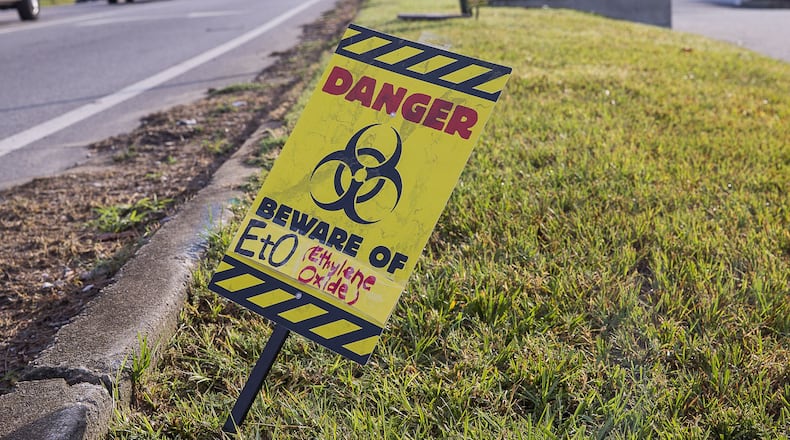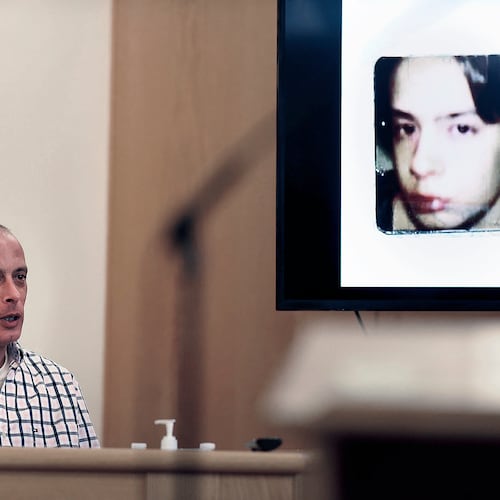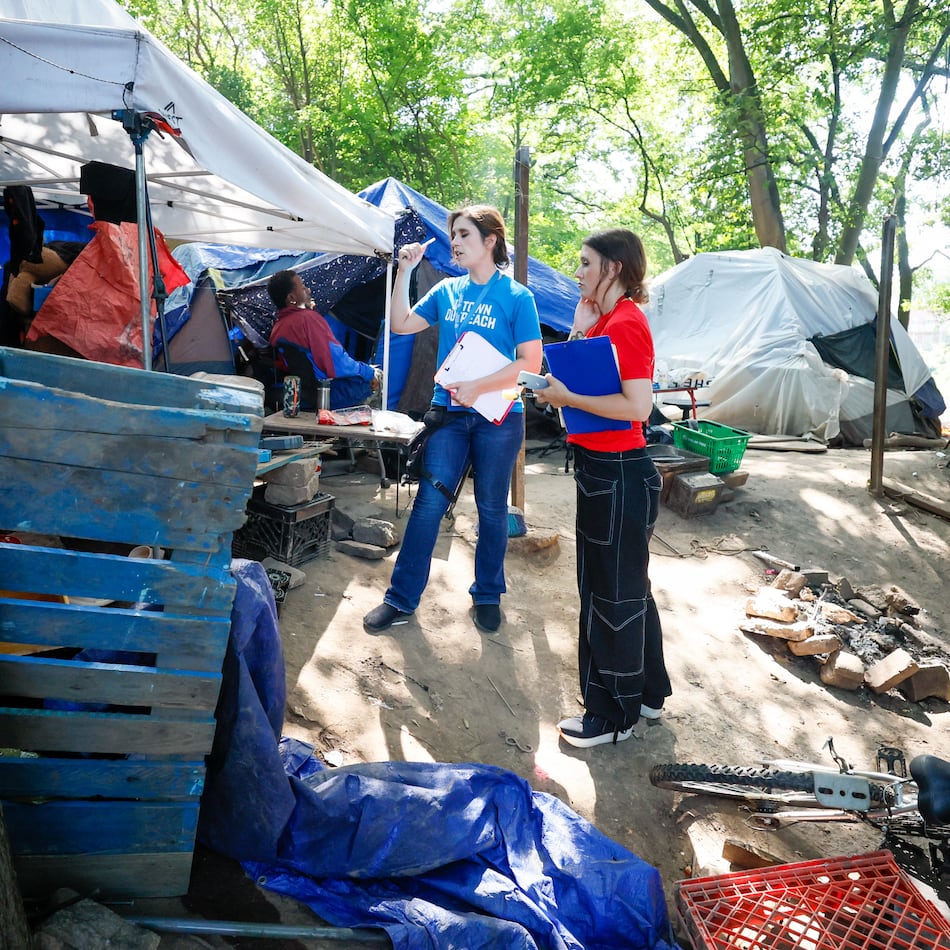Despite being filed by the thousands, lawsuits alleging injuries from exposure to toxic substances are notoriously difficult to win, Atlanta attorneys say.
Lawyers on both sides must find experts and scientific evidence compelling enough to persuade a judge and jury they’re right. Thousands, sometimes millions, of documents must be scrutinized. Testimony has to be collected from a wide array of witnesses.
It’s not just a plaintiff’s injury and the substance they say caused it that must be explored, but the plaintiff’s entire medical history and life experiences, as well as every other possible contributing cause of the injury. Everything about a defendant’s use or sale of the relevant substance or product, often over decades, comes into play.
“What makes these cases so complex before you even get into the courtroom is that there are so many factors,” said Dara Mann, an Atlanta-based class action and product liability litigator at Squire Patton Boggs who does mostly defense work. “That is what makes this very challenging for both sides.”
Former Gov. Roy Barnes, whose personal injury law firm in Marietta has spent more than $5 million preparing talc cases for trial, said only a handful of lawyers are willing to risk the money it takes to fight some of the largest companies and best attorneys in the world.
“All of the cards are stacked against you,” Barnes said. “It’s amazing to me that a plaintiff ever recovers.”
Large verdicts overshadow underlying struggle
Massive verdicts handed down against those accused of poisoning people get more attention than a jury’s decision to award a plaintiff little or nothing. It’s why the public can get the impression that toxic substance lawsuits are a cash cow.
Barnes, whose client in a Roundup weedkiller case won $2 billion against Monsanto in a March 2025 trial, said a jury’s sympathy for an injured plaintiff doesn’t always equate to contempt for a corporate defendant.
“You’re going to lose so many of the cases,” he said. “You’re going to lose 40% of them because the defendant comes up with such stories that the jury gets confused. It’s a game of smoke and mirrors.”
A typical “toxic tort” case, as they’re known in the legal industry, involves conflicting medical and scientific evidence and expert testimony. Before that can be presented to a jury, it must pass muster in front of a judge to ensure only credible and relevant evidence makes it into trial.
Stephen O’Day, who leads the environmental law, energy and sustainability practices at Smith Gambrell Russell in Atlanta, said such cases can be won or lost before trial based upon a judge’s ruling about which evidence can be presented.
The fact that medical and scientific evidence is highly debated and constantly evolving makes the task of associating an injury with exposure to a certain substance more difficult.
“It takes, potentially, three or four different kinds of scientific and medical evidence,” said O’Day, who works mostly on the defense side. “A doctor has to not only rule in defendants’ chemical but also rule out other potential causes for the same illness. Usually, there are numerous possible causes for an illness.”
Retired Georgia Court of Appeals Judge Yvette Miller, who presided over complex injury cases as a trial judge in Fulton County, said the winning side at trial is usually that which best presents its evidence in a way jurors can understand and apply to the allegations. She said the credibility of the lawyers and witnesses is crucial.
“It’s kind of a battle back and forth of the experts,” Miller said. “Sometimes they (jurors) believe the plaintiff and sometimes they believe that the defendant made a good product and that they can’t be an absolute insurer of no harm.”
In the first trial in hundreds of Georgia cases alleging injury from exposure to a carcinogenic gas used to sterilize medical equipment, a dozen jurors unanimously found manufacturers C.R. Bard and Becton, Dickinson and Company liable for a longtime Covington resident’s cancer, awarding him $20 million in compensation. But the jurors couldn’t agree on the company’s intent to cause harm, erasing the additional $50 million they awarded the plaintiff to punish the companies.
“To try a complex case like this, you have to have the best and the brightest,” Gwinnett County State Court Judge Emily Brantley told the lawyers involved in that trial in May 2025.
Plaintiffs rarely get paid large verdicts
Trials in toxin exposure cases can last months and take years of preparation. They’re often not the final stage in the legal fight.
The chance a plaintiff will actually recover a large verdict in their favor is slim, given the likelihood of posttrial appeals and settlements. Even if a verdict is upheld, the journey to that final determination is usually years long.
“They’re going to appeal it until they feel like they got some kind of precedent,” Miller said of lawyers on both sides, pointing out how a single trial result can influence countless cases awaiting trial. “Behind that one case, there are a whole lot of other cases that are very similar that are predicated on what happens in that one case.”
Barnes said his firm has more than 50 cases against Johnson & Johnson on behalf of women alleging their ovarian cancer was caused by their use of baby powder and other products containing talc contaminated with asbestos. He said two-thirds of those women died while Johnson & Johnson used bankruptcies and corporate reshuffling to delay litigation and avoid liability.
“It just grinds me to no end to see the way these companies just corrupt the system,” he said. “It’s rigged by manufacturers of dangerous chemicals who generally know they are causing damage and have decided that it’s cheaper to pay the cases rather than to change the product.”
Johnson & Johnson says talc is safe and does not cause cancer. It has a plan to resolve all talc-related cases in North America for $8 billion.
Such global settlements ending all related lawsuits are the ultimate resolution in plaintiffs’ favor in toxic substance cases, but they’re not always reached, O’Day said. He said companies tend to consider those settlements when they start losing more at trial, as seen in past tobacco litigation.
“So many people are exposed to these products and there‘s so many illnesses that might have resulted from exposure to the products, that once you start getting some recoveries, the defendant is either going to go bankrupt or try to reach a global settlement,” O’Day said. “But that takes decades, usually. And actually, very few products have gotten to that stage.”
Many poison exposure cases never make it to trial because of the cost and time involved, among other reasons, the attorneys said. The difficulty of presenting a compelling story with complicated scientific evidence and the gamble involved in letting jurors decide can also encourage settlement.
“It’s very hard to predict and that’s why most cases settle,” O’Day said.
About the Author
Keep Reading
The Latest
Featured



